Brandywine Stories: Chester County’s Garden Legacy
From mail-order catalog to Peace and Knock Out roses
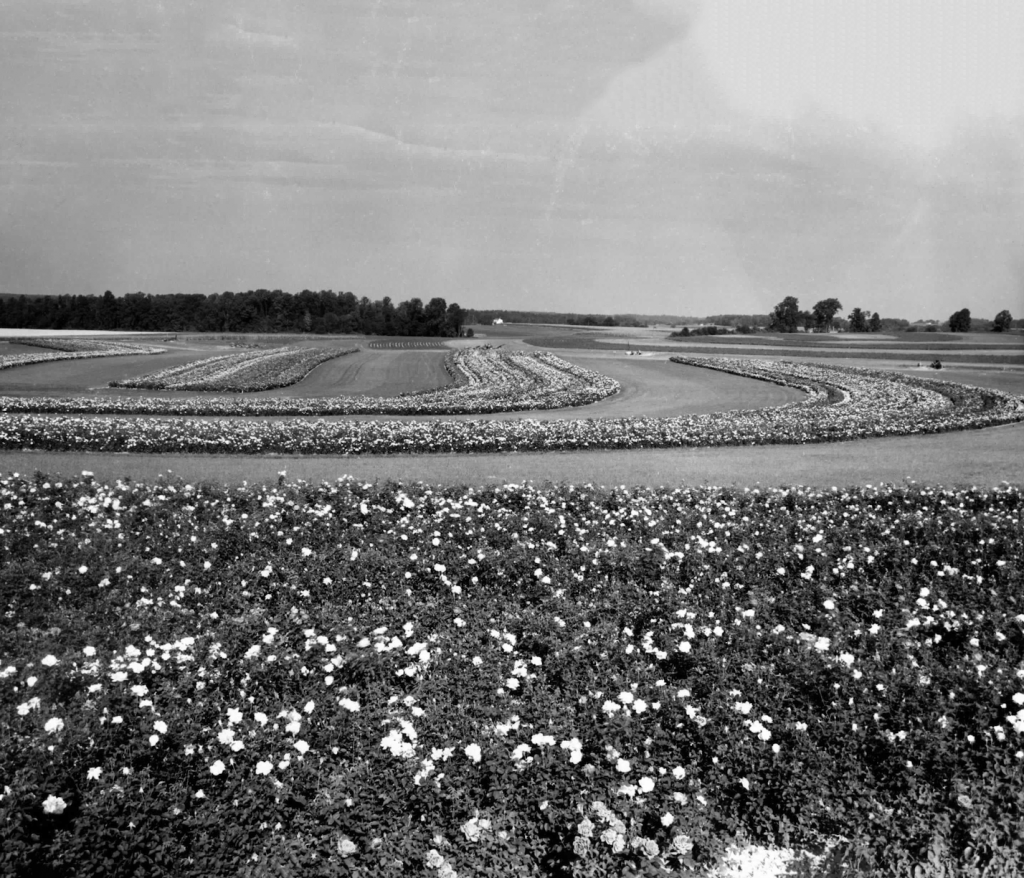
Chester County may have built its colonial reputation on agriculture, but its rich soil also allowed other industries to blossom here. And long before Longwood Gardens put Chester County on the horticultural map, other enterprising individuals made their names not just by studying but by selling plants.
In fact, the county’s roots in commercial botany go back to Humphry Marshall — of Marshall Square Park fame — who not only published a book of American trees and shrubs in 1785 called “Arbustrum Americanum” but also used it as a sort of mail-order catalog a century before Sears and Roebuck got into the business.
Other figures like Joseph Kift, who started his nursery in West Chester, made waves in the horticultural world with his introduction of the Easter lily from Bermuda. In addition, on 600 acres northeast of the borough, Josiah Hoopes’s Maple Avenue Nurseries was the largest producer of peach trees in the United States by 1898.
But one of the most lasting businesses in the county was certainly the Conard-Pyle Company.
Conard-Pyle Co.
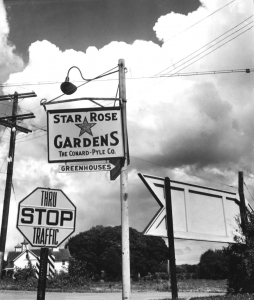
Starting with a mail-order plant and seed business 10 years before the Civil War, Alfred Conard later partnered with Morris Jones in 1897 to form Conard & Jones Co. In 1899, the partners hired Robert Pyle, a whirlwind salesman who took the company into the 20th century. When Conard died in 1906, Pyle purchased the business, naming it Conard-Pyle Co.
Pyle determined early on that his company should have a specialty, and for that specialty he chose roses. He further decided that his roses must instill unshakeable confidence in buyers. Pyle believed the best way to do that was to identify his product with a distinctive symbol and to back that symbol with an assurance that every plant would be replaced if it failed to bloom during its first natural season.
That was when “Star Roses” were born.
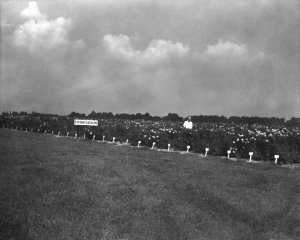
When Sidney Hutton joined the company during the Great Depression, he introduced the idea of expanding the business beyond just mail-order. He noted that customers stopped by the nursery all the time, so instead of treating those visits as a nuisance, he urged starting a cash-and-carry option.
Soon, Conard-Pyle opened retail spots to the public in West Grove, Jennersville and even Lancaster. In the summer, customers could visit their “living catalog” and see all the latest rose cultivars in bloom.
Rose of Peace
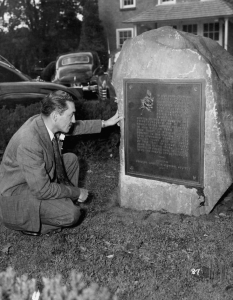
Pyle also partnered with hybridizers around the world, including a most lucrative partnership with Francis Meilland in Cap d’Antibes, France. In the late 1930s, Meilland developed a stunning new hybrid tea rose he called “Mme. A. Meilland,” but the clouds of war and a possible invasion of France inspired Meilland to ship cuttings to Germany, Italy and the United States.
Until June 1945, the Meillands had no idea what had become of the rose in America until they received word from Conard-Pyle that the company had successfully cultivated it. The name “Peace” was chosen for this tea rose.
The ceremony at which “Peace” was formally introduced took place on April 29, 1945 — coincidentally, the day Berlin fell. Soon after, 49 delegates to the United Nations received a single “Peace” rose. The Duke of Windsor himself said he had never seen another rose like it: “It is certainly the most beautiful rose in the world.”
Later, in 1976, the World Federation of Rose Societies chose “Peace” as the World’s Favorite Rose — the first year the prize was given — and inducted it into the Rose Hall of Fame. In 2018, the U.S. Postal Service issued a Forever stamp celebrating the Peace Rose.
Turning Over New Leaves
When Robert Pyle died in 1951, Sidney Hutton purchased the company, kicking off three generations of Hutton family ownership. Under Hutton leadership, Conard-Pyle introduced the Knock Out family of roses in 2000, which became the most commercially successful group of roses ever introduced. The company’s products grew to include hardy perennials, shrubs and trees, plus over 300 plant patents.
In 2015, CEO Steve Hutton made the difficult decision to sell the company. He hand-picked Ball Horticultural Company as the new owner and stayed on to assist with the transition.
Today, two Star Roses offices are still located in Chester County, serving as part of the worldwide Ball Horticultural Family. The company maintains ties with the Meilland family’s rose-breeding business, and Star Roses continue to be found in garden centers and retail stores across the country.
Red Rose Rent Day
To increase acreage for growing roses, in 1928 the Conard-Pyle Co. purchased a tract of land in Jennersville, which included what’s now known as the Red Rose Inn. Determined to restore the old inn, the company started doing research and discovered an interesting proviso attached to the land.
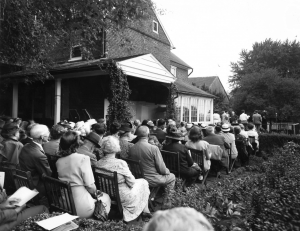
In 1731, the Jennersville parcel was deeded to William Penn IV, grandson of the founder of Pennsylvania, on condition of an annual payment of a single red rose, when demanded. The proviso was included in several later deeds, then gradually forgotten. But Robert Pyle, amused that the land would now be used to grow acres of roses, decided to renew the ceremony.
For decades, beginning in 1937, Conard-Pyle presented a single red rose to a descendant of William Penn, using Red Rose Rent Day to debut new rose varieties. The tradition died out in the 1980s but was revived for a one-time event in 2021 when Steve Hutton, retired former president of Conard-Pyle, presented roses once again to Cuyler Walker, a descendant of William Penn.
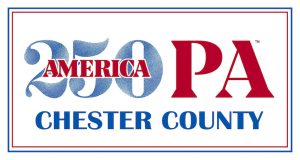 Jennifer Green, Director of Education at the Chester County History Center, wrote this article as part of Chesco250. The Brandywine Stories series is designed to raise awareness of the expansive history and culture of Chester County and build excitement for 2026, the 250th anniversary of the Declaration of Independence.
Jennifer Green, Director of Education at the Chester County History Center, wrote this article as part of Chesco250. The Brandywine Stories series is designed to raise awareness of the expansive history and culture of Chester County and build excitement for 2026, the 250th anniversary of the Declaration of Independence.
